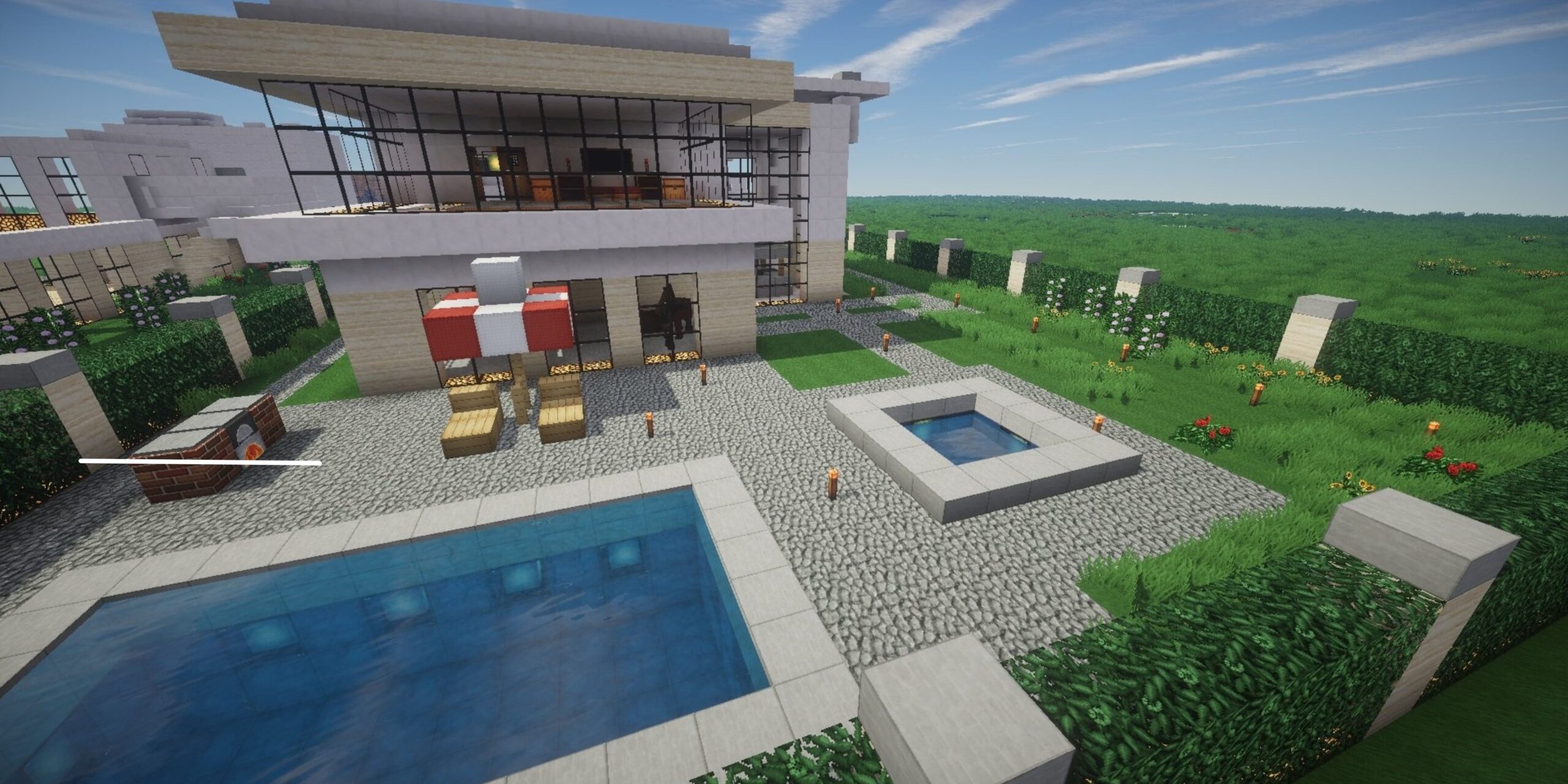The appeal of independent video games has skyrocketed in recent years. These smaller, indie titles give players fresh, exciting takes on the gaming genre that often go against the grain of the industry standard. It’s true that indie games have had an effect on the gaming business as a whole, but they’re also having an effect in other areas, such as the DIY sphere.
It might be hard to see the connection between independent video games and DIY projects at first. After all, one is virtual, while the other calls for actual effort and imagination. As we delve further into the gaming culture, however, we can see how indie games are inspiring people to undertake DIY home improvement projects that mirror the creativity and innovation of the games they adore.
The widespread appeal of Minecraft is an illustration of this. In this sandbox game, players construct their own unique worlds, from individual homes to sprawling metropolises out of virtual construction blocks. Many Minecraft users have gone on to use their blocky aesthetic and inventive mindset in real-world construction.
Players have used Minecraft to plan and design everything from outdoor entertainment areas to sleek kitchens to full-scale residences. Players can bring their virtual works to life in the real world by using the creativity and problem-solving skills they acquire while playing the game.

Stardew Valley is yet another independent game that demonstrates how video games can influence real-world industries like construction and design. Players seeking for a calming, immersive experience have taken to this farming simulation game. In Stardew Valley, players can create and take care of their very own farm, making it look and operate exactly how they want it to.
Stardew Valley has inspired many users to cultivate their own real-world greenery. Players can make their own lovely and practical exterior spaces by applying the same level of care and design thinking as in the game. The impact of Stardew Valley can be seen in a wide variety of DIY initiatives, from raised garden beds to water features.
The aesthetics of home decor are also being heavily influenced by indie games. Black-and-white games like Limbo have given rise to a trend of sparse, monochrome interior design. The use of bright and vivid hues in games like Firewatch has encouraged other developers to follow suit.
The furnishings industry is also feeling the effects of indie games. The vast deserts in Journey, combined with the game’s minimalist aesthetic, have inspired some truly stunning pieces of furnishings. Game design principles are used to make furniture that is both simple and sophisticated.
Some indie games may have a negative impact on the industry of house improvement. Some players of games like The Binding of Isaac, which feature disturbing and dark content, may be moved to replicate those feelings in their own houses. However, indie games generally have a positive effect on house improvement because they encourage originality, entrepreneurship, and a “do-it-yourself” attitude.
The fact that indie games give players a feeling of agency and control is a major reason for their widespread influence on the home improvement industry. The player’s options are often constrained by the game’s rules and features in popular titles. Players have more leeway to experiment and build in independent games.
Players take their newfound confidence in their ability to make decisions and shape the world around them into the real world by tackling do-it-yourself tasks. Players can make their own spaces that are one-of-a-kind and representative of their interests and preferences by drawing influence from indie games.

It’s no secret that indie games have changed the landscape of the video game industry, but they’ve also had an effect on home renovation by removing barriers between forms of artistic expression. It’s possible that playing video games and fixing up your house have always seemed like two completely distinct things to do to you. However, players are blurring the lines between digital and physical creativity by drawing inspiration from games and incorporating those ideas into home improvement tasks.
This blending of artistic disciplines is not restricted to independent video games or DIY projects. Similar effects are evident in other creative fields, such as the fashion industry, the visual arts, and the music industry. With the proliferation of new forms of digital communication, it is now simpler than ever to find new avenues of inspiration and integrate them into our own work.
Indie games can be a great way to get ideas for DIY projects around the house, but they shouldn’t be relied on in lieu of actual experts. Do-it-yourself jobs have the potential to be fun and gratifying, but they also carry the risk of being harmful and expensive if not done correctly.
As a result, homeowners should proceed with caution when tackling such projects and, if required, consult experts for assistance. Players can make incredible, one-of-a-kind environments that represent their own personal style and taste by drawing inspiration from indie games and combining it with the knowledge and expertise of professionals.
Finally, independent games’ influence on DIY is evidence of the value of original thought and design. With the help of do-it-yourself (DIY) projects and interior design, gamers can make the virtual worlds and experiences they’ve encountered in video games a reality in their own houses.
Playing indie games may not be the best choice for every DIY job around the house, but the innovative thinking and resourcefulness you gain from doing so can be put to use in a broad variety of settings. We are removing the boundaries between various forms of creativity and making truly one-of-a-kind and individualized homes by applying the principles of game design and virtual problem-solving to our real-world environments.

